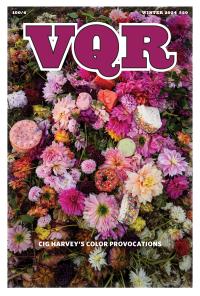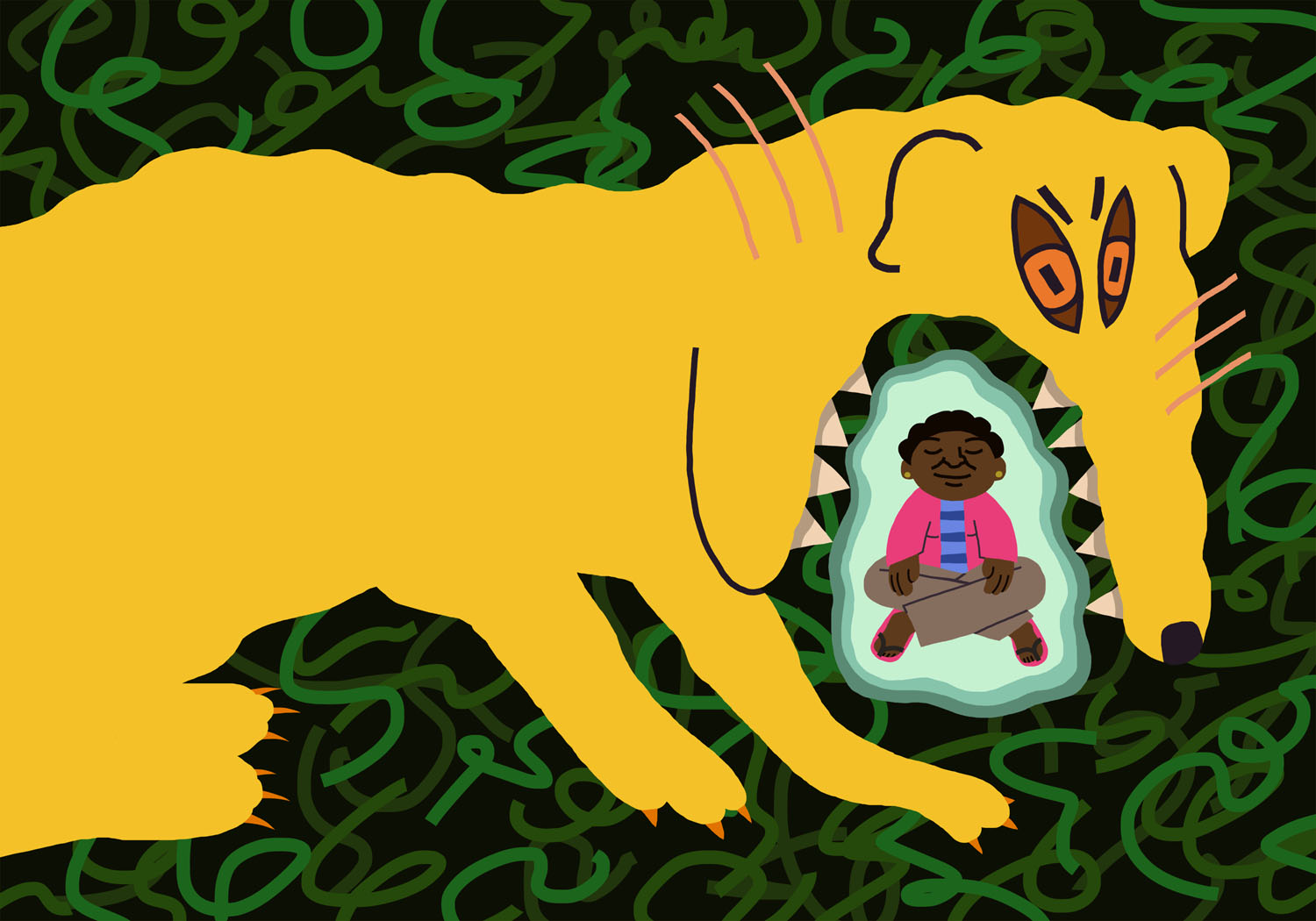Image


You should really subscribe now!
Or login if you already have a subscription.
Juan Tang Hon is an illustrator and art educator currently based in Philadelphia, Pennsylvania. His work has been featured by Mural Arts Philadelphia.